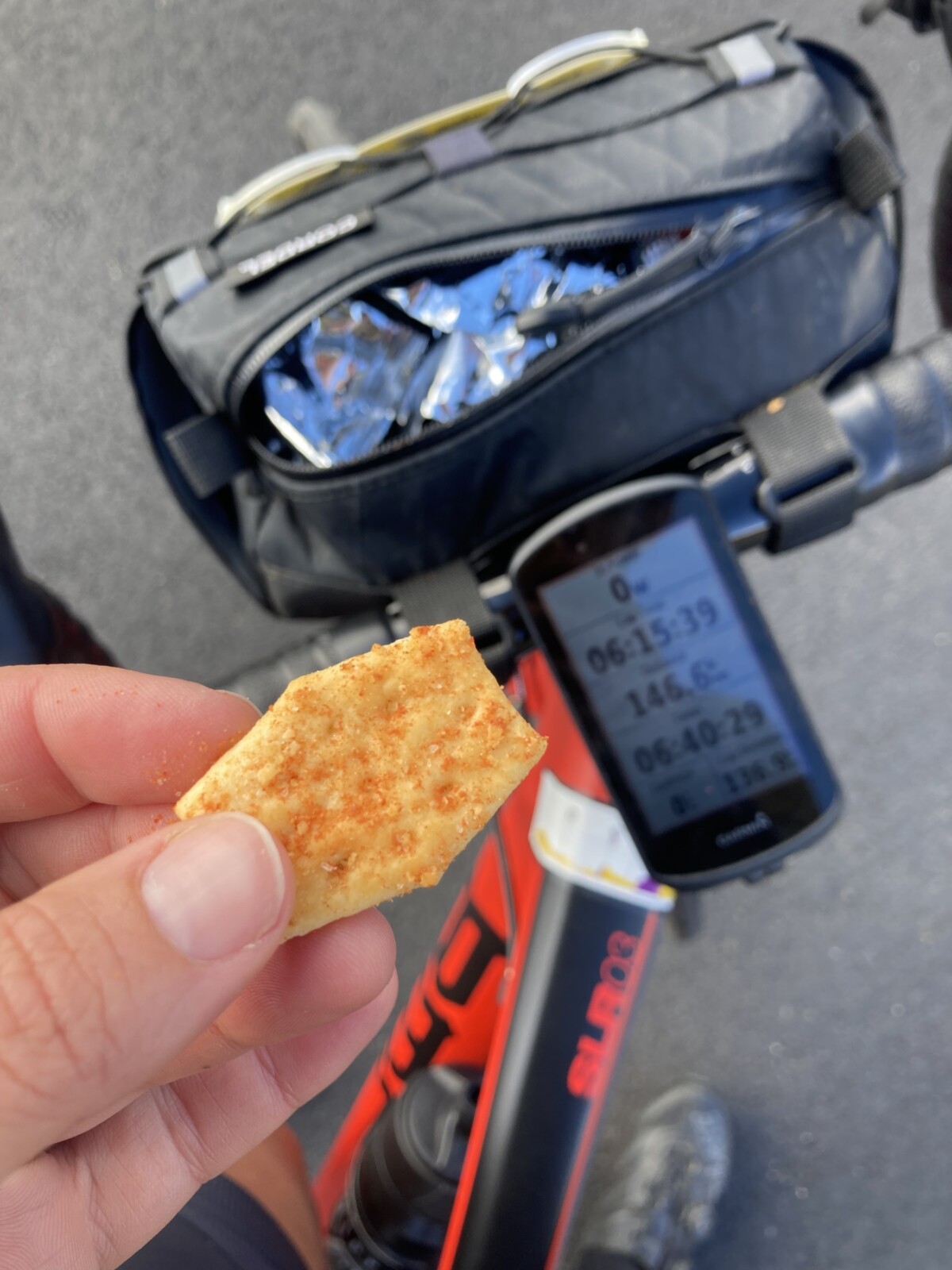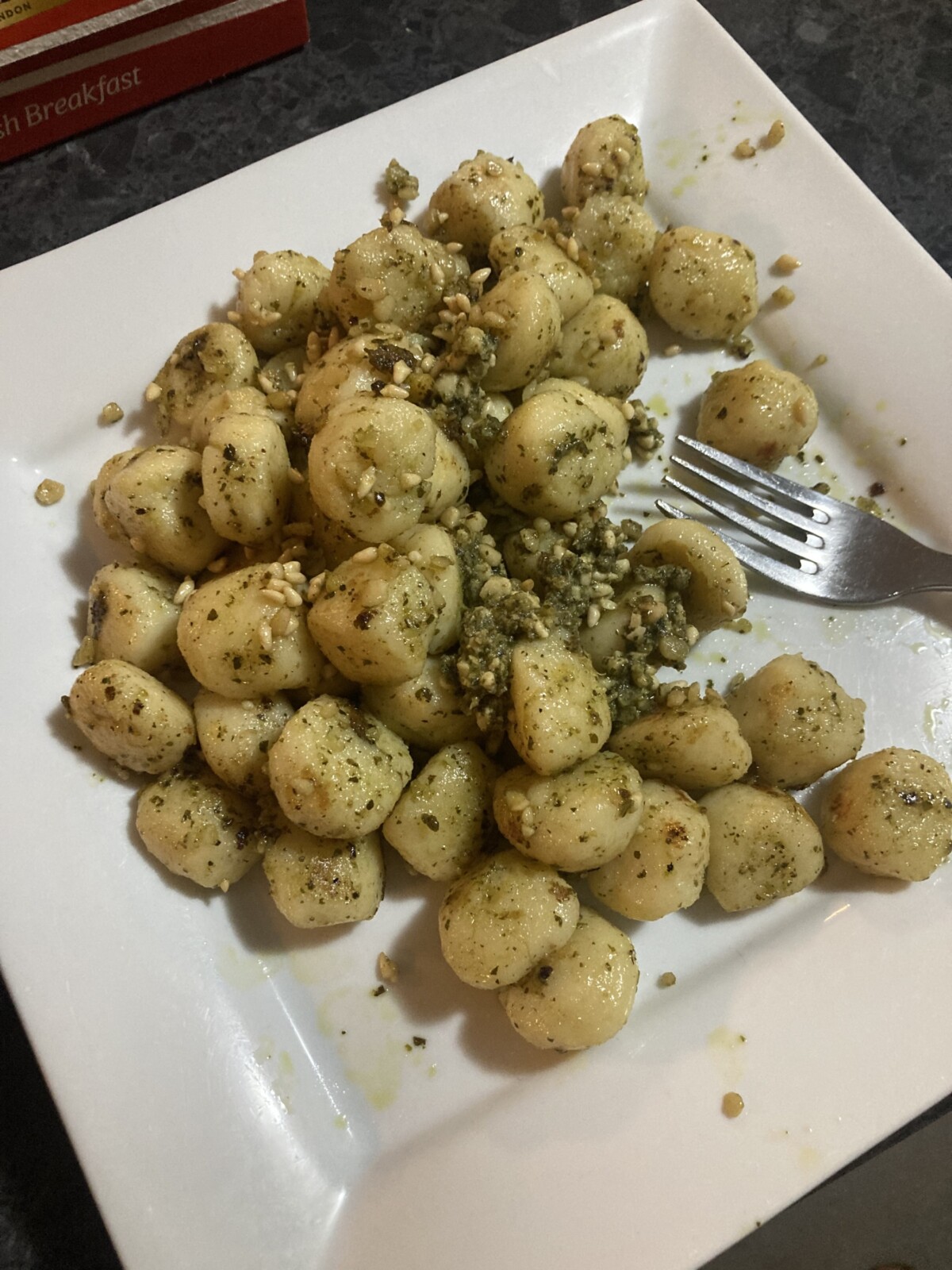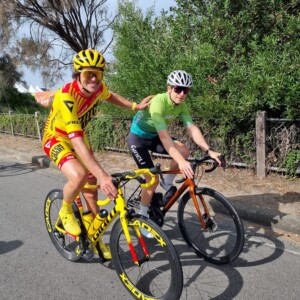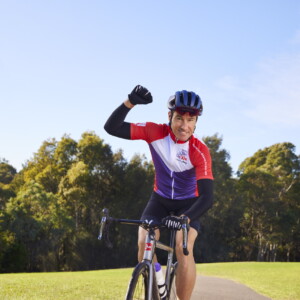Cycling nutritionist Dr Gemma Sampson offers insights into a smart energy plan for a 100+km day on the bike.
As a cycling sports dietitian, people often (wrongly) assume that my nutrition intake and fuelling strategies are perfect all the time.
Not true! I am also human – we all have bad days and make mistakes. The key thing is that we learn from our mistakes and improve our nutritional strategies for next time. Which is why I always encourage clients to engage in reflective practice and make nutrition notes about what does and doesn’t go well to be better prepared next time.
In my experience, not following or having a nutrition plan plays a big role in cyclists not being able to complete cycling events or ride at their full pace. I’d hate for you to see all your training go to waste from under-fuelling.
Back in 2021 I learned the hard way the impact under-fuelling makes during a 360km 8000m+ ultra-cycling event where I hadn’t properly planned my nutrition. I was running around like crazy the day before and forgot to eat while travelling.
I subsequently started the event under-fuelled and underpowered. Yes I completed it, but was completely off my usual riding pace which was incredibly frustrating! This meant that when I rode the Snowy Classic Maxi 170km ride last year, I was determined not to repeat these mistakes.
I went into the event probably the least bike fit that I had ever been in my life. Sydney had been a complete washout in the months before, so I knew I wasn’t going to be breaking any records. But with the right nutritional strategy and plan I was confident that I could ride the distance. My planning ensured that I nailed the carbohydrate load the day before, my fuelling plan during was spot on but it all unravelled when I forgot about recovery nutrition!
Learn from my nutrition mistakes and ride your next major event or big day out fuelled with confidence.
Plan your nutrition – before, during and after
There are three key timing points when it comes to nailing your nutrition for a big day on the bike – what you eat the day before, how you fuel during and your recovery nutrition after you finish. Each one is important for different reasons and the ideal nutritional strategy for you will be very unique. Practicing and testing your nutrition in training is key to determine what this does (or doesn’t) look like.

Fuelling starts the day before with carbohydrate loading 24h before your event.
If there was one thing I could convince cyclists to try that can markedly improve their performance for an event it would be to carbohydrate load for the 24h beforehand.
At this year’s Tour Down Under I bumped into a client who raved about how much a difference that one change alone had made to his performance and cycling capacity.
Far from overfilling yourself with pasta the night before and feeling super bloated before going to bed, there is an art to carb loading well and it starts with distributing your extra carbs throughout the entire day, cutting back the fibre, vege, protein and fats compared to a usual day. Keep your dinner normal sized with a dessert, but bump up the volume earlier in the day at breakfast and lunch to avoid feeling super full and bloated.

As a starting point, I’d recommend you increase overall carb intake the day before Snowy Classic by an additional 200g, aiming for a total of >500g using low fibre high carbohydrate foods such as white rice, potato and adding liquid carbs in the form of juice or soft drink at each meal. Planning this out and using an app to help keep you on track to eat the amount you’ll need to get through is critical since it’ll be much more food than usual. Remember race day nutrition isn’t every day nutrition!
Plan in advance and practice your fuelling strategy in training
Last year when I rode Snowy Classic I totally went in with the mindset of having an awesome day out on the bike. I wasn’t keen to race it due to the months of rain and lack of training. I knew I could do the distance, but not being my ‘usual’ level of Girona fitness I wasn’t going to be breaking any records on the course. So my fuelling consisted of pizza shapes, natural confectionary jelly snakes and whatever I picked up along the feed zones (Coke, fruit cake, sandwiches, chips etc).
Rather than just using one type of food source, you can use different foods, fuels and fluids at different points of the event according to the gradient, technicality and intensity you’ll be riding at the time.

A tip is to study the ride profile and use that to plan out your nutrition strategy. Are you going to go self supported and carry everything you need with you or rely on the rest stops? Where are the hills? Where are the feed zones? How long is it going to take you to get between certain segments? What are you going to eat when?
85km into the Snowy Classic we were confronted with the killer climb that is Beloka hill. To muscle your way up without having to unclip, you want to make sure you are well fuelled long before you arrive and here liquid rapid carbs will serve you better than solid food choices. By starting to fuel earlier in the day, you’ll find the climbs at the end of the day much more manageable than you would by under-fuelling.
Don’t forget your recovery nutrition after you finish
This is where my nutrition strategy fell apart at my first Snowy Classic (proof that even sports dietitians aren’t perfect!). In my excitement of riding in such an awesome place and meeting new people, I completely forgot about recovery nutrition. I wandered into a supermarket with the plan of buying some food or fluids to help with recovery (my choice default is chocolate milk) but because I wasn’t feeling hungry at the time didn’t feel like eating anything I saw. So I didn’t. Rookie mistake!

This meant that when I left the village an hour or two later after chatting with new friends, on the 10km climb back to my accommodation I hunger flatted. My energy dropped SO BAD to the point that I couldn’t even measure my glucose levels at the time they had crashed so low! I sat there on the side of the highway for a good 20 minutes, finishing off any remaining jelly snakes and shapes before I was in a position to get back on the bike again.
Learn from my mistake and think about what you will eat after you’ve finished your ride. You want a combination of food and fluids containing carbohydrate, protein for both rapid and long-term recovery. Chocolate milk or a smoothie can be a great starting point, but make sure you team it with some solid food and enjoy a full meal as soon as you can.
This can include a burger and a celebratory drink or two, if you drink alcohol. Sports dietitian approved!


